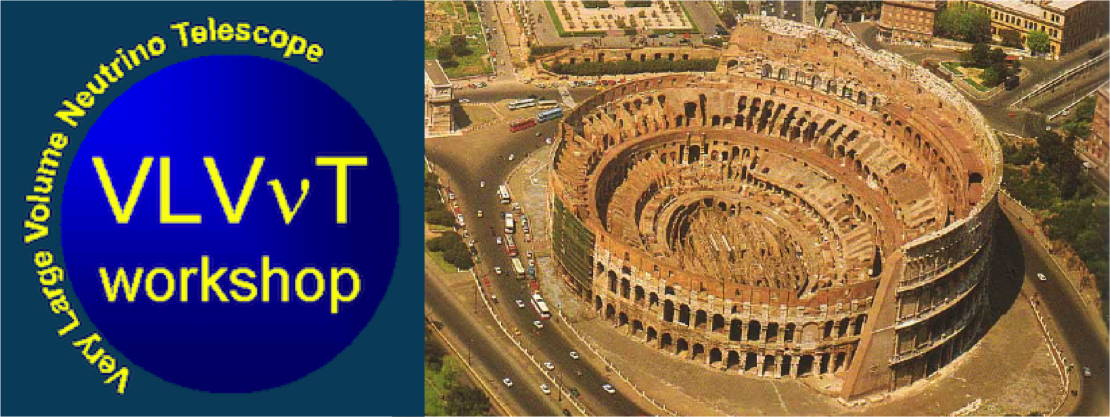Speakers
Antoine David Kouchner
(Universite de Paris VII (FR))
Bruny Baret
(CNRS)
Description
No transient or steady significant signal having been found so far from individual source, we investigate potential collective effects in the spacial or temporal domains in Antares data samples.
On the one hand, we use a two point correlation analysis to look for inhomogeneities in the arrival directions of the high energy muon neutrino candidates detected by the ANTARES neutrino telescope. This approach is complementary to a point source likelihood-based search, which is mainly sensitive to one bright point like source and not to collective effects. We present the results of a search based on this two-point correlation method performed on ANTARES 2007-2012 data, providing constraints on models of a population of point sources too faint to be detected by the likelihood- based method.
On the other hand, a time dependent analysis based on the ANTARES data is carried out with the aim of detecting high energy neutrinos temporally connected with bursts in the electromagnetic spectrum of objects located close to the Galactic center.
This approach, more sensitive than a time-integrated analysis, requires neither prior on the burst timing structure nor on the electromagnetic emission. Therefore, it provides an effective way for looking for neutrino emission of astrophysical sources potentially absorbed in X-ray and gamma-rays.
The timing information of ANTARES events in the Galactic center region is also used together with the X-ray light curve of SgrA* and the time information of the IceCube High Energy Starting Events (HESE) in this region, to evaluate possible correlations in time.
Primary authors
Dr
Alexis Coleiro
(Université Paris Diderot)
Rodrigo Gracia
(APC)
Co-authors
Antoine David Kouchner
(Universite de Paris VII (FR))
Bruny Baret
(CNRS)




